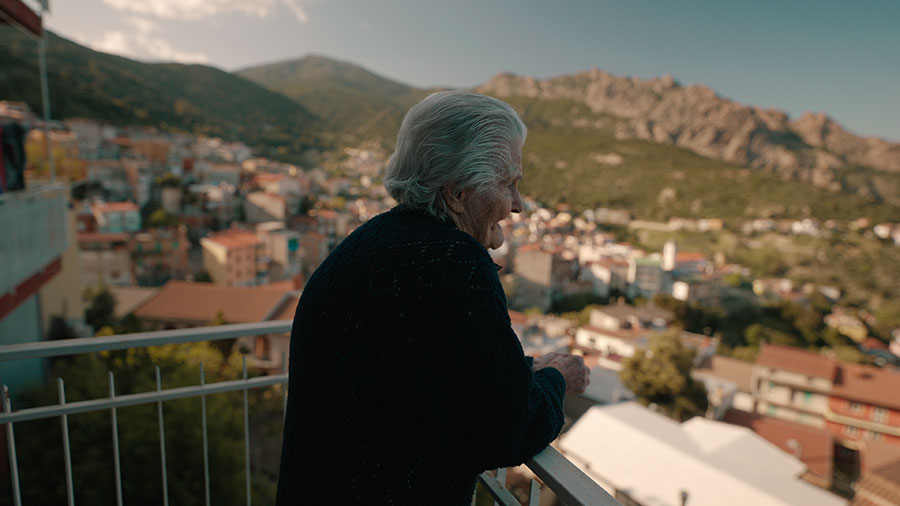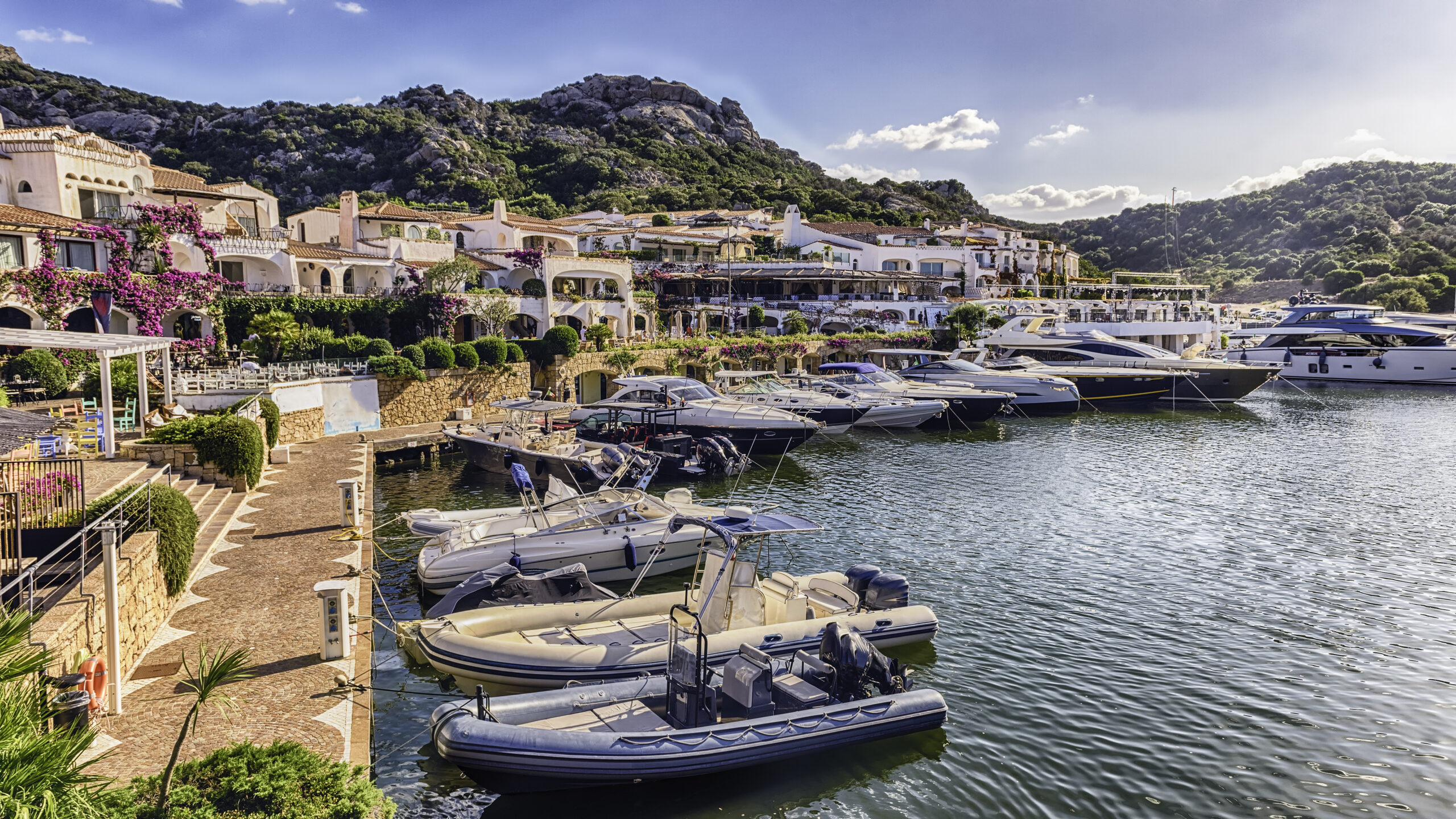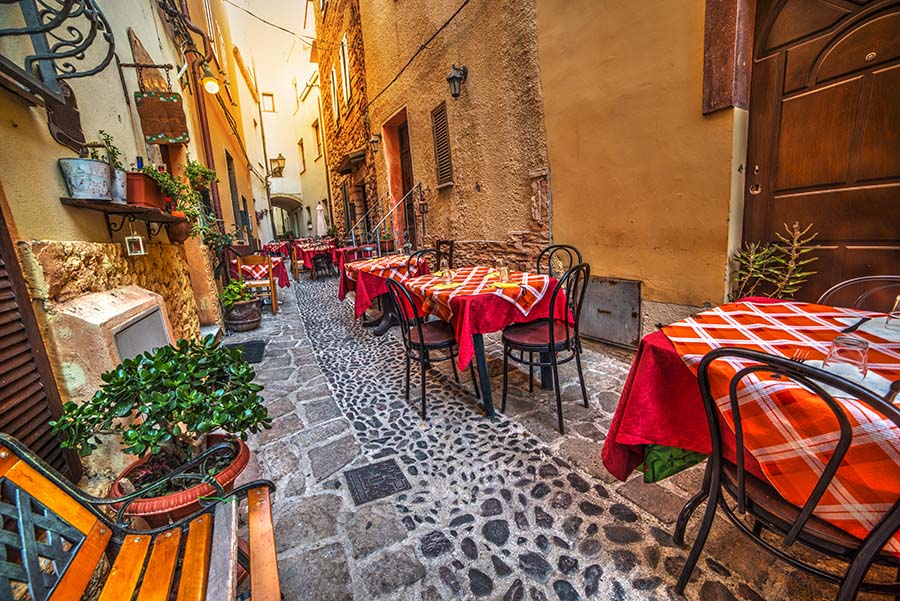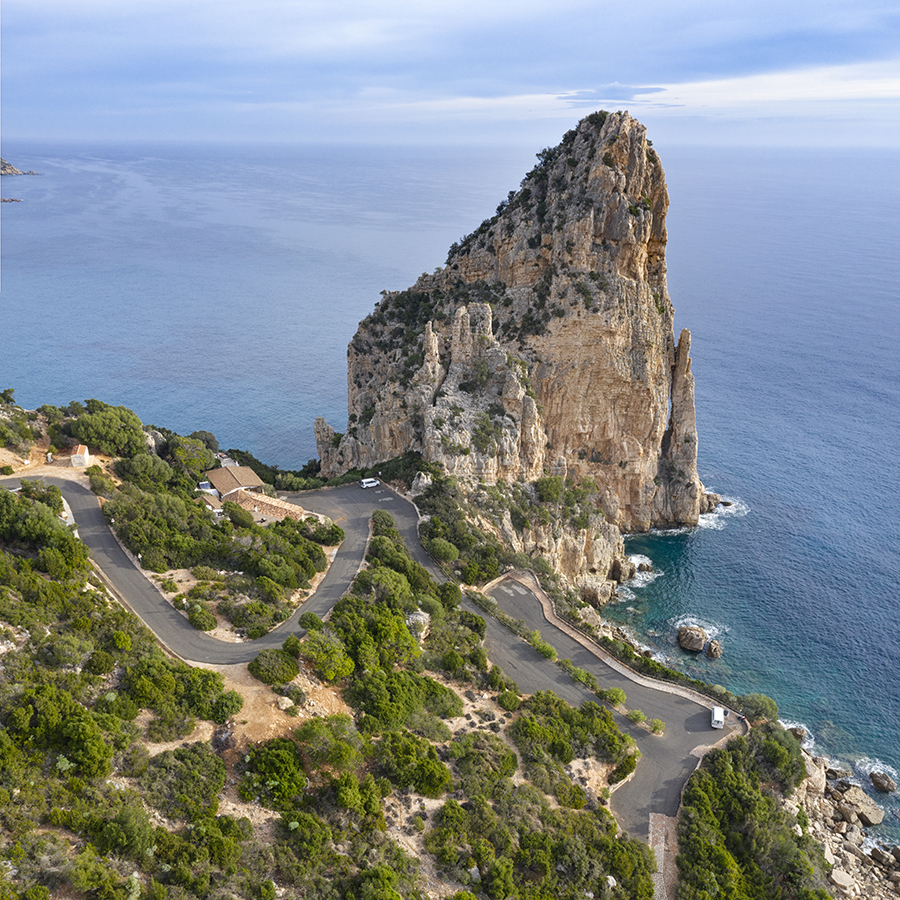Blue Zone Travel: A Wellness Journey to Sardinia

View of the town of Castelsardo with its colourful Mediterranean architecture and imposing fortress, built by the Doria in the 12th century, situated on the Gulf of Asinara on the island of Sardinia, Italy. Photo: Mieneke Andeweg-van Rijn/Getty Images
Curious about the origins of longevity, in the early 2000s French demographer Michel Poulain teamed up with Italian scholar Gianni Pes, who’d spent 20 years studying the remarkably long lives of the Sardinians. Analyzing these Mediterranean islanders who routinely live to over 100, their mental, emotional and physical health intact, a fascinated Poulain expanded the study with American researcher Dan Buettner to identify other regions around the world where people experience extreme longevity.
Coining the term Blue Zone to designate areas where living to over a century is the norm, the research would uncover five, globally — Okinawa Island (Japan); Loma Linda (California); Nicoya Peninsula (Costa Rica); Ikaria (Greece); and Sardinia (Italy). A distinct pattern of characteristics emerged — a mostly plant-based diet, daily physical activity, moderate amounts of alcohol, getting enough sleep, and having rich spiritual, family and social networks. Buettner would go on to spread the word, publishing numerous food and wellness books over the last ten years and, most recently, producing the hit 2023 Netflix docuseries, Live to 100: Secrets of the Blue Zones, in which he explores all five Blue Zones.
Blue Zones also happen to be some of the loveliest places on Earth. With one exception, inland Loma Linda in California, they’re all coastal — three of them are islands. They are also smaller, more natural environments, unravaged, for the most part, by modern urban development. So, we might add living in pastoral, seaside locales — literal blue zones — as another key factor to a long life. And we can all spend time in these happy, healthy destinations.

Sardinia, Birthplace of the Blue Zone
The second-biggest island in the Mediterranean, Sardinia lies at its heart, halfway between Italy and Spain, and just below the French isle of Corsica, from which it’s separated by 13 km across the Bocche di Bonifacio (Bonifacio Strait).
The island’s official language is Italian, but Catalan is commonly used (the island was ruled by Spain for four centuries) as is the native Sardinian, an ancient Roman tongue distinct from that of mainland Italy — a country Sardinia was incorporated into (relatively) recently in 1861. Its own history dates back well before the Bronze Age and is well preserved in a plethora of archeological sites. From the enigmatic Nuraghe, UNESCO-protected circular structures erected between 1800 and 1200 BC that are iconic to the island, to 2nd Century AD Roman Amphitheatres and temples built in 500 BC.
With 1,900 km of coastline edged by water as turquoise as the Caribbean, Sardinia is famous for its beautiful white sand beaches as well as its small, historic cities and quaint towns. But the complex landscape, much of it protected, also includes soaring mountain ranges, one of Europe’s deepest canyons, pristine lakes, 17 national parks and nature reserves, including a primaeval forest and hundreds of caves. The most magnificent oceanfront caverns being the Grotte Del Bue Marino and the massive Neptune’s Grotto that shelters a sandy beach and a lake. The island’s huge olives trees, up to five centuries old, are a symbol of Sardinia, the oil prized across Italy and around the world.
And, yes, this is the place where sardines got their name. Dolphins and whales can be spotted offshore in the surrounding Mediterranean waters but, unique to Sardinia, are the tiny, wild Giara horses that roam the south-central Giara Plateau and albino donkeys found in Asinara National Park, a little island off the northwestern coast.
Of course, it’s Costa Smeralda, the dolce vita shoreline anchored by Porto Cervo that runs 20 km along the island’s northeast coast, that attracts the jet set traveller with its resort towns, stunning coves and luxury marinas. With its dramatic coast and postcard vistas, all of Sardinia’s coastline is spectacular. But you won’t find the same landscape, crystalline waters and white sand beaches in the south.

Local Cuisine
Though all of Sardinia is considered a Blue Zone, the actual area that’s home to the ultra-centenaries is quite small and located in the small farming and sheep-herding villages of the south, where the now renowned diet is essentially organic. Whole-grain bread they bake themselves, locally grown vegetables and fruits, cheese from their grass-fed sheep, which is loaded with omega-3 fatty acids, and lots of homegrown olive oil. As well as, another Sardinian oil, Mastic, extracted from the berries of its namesake shrub, which contain unique anti-inflammatory, anti-fungal, and antibacterial properties that heal everything from digestive issues and colds to skin problems. The local diet is heavy on the plants, grains and dairy, and light on the meat — which is generally reserved for Sundays and special occasions. Sardinians also claim wellness benefits from the island’s traditional wine — Cannonau — which contains triple the antioxidants of any other red. Though you may want to avoid Sardinia’s notorious Casu Marzu — a very unpasteurized Pecorino cheese that is not for the faint-hearted.

Scenic Drives
With no highways or tollways, just winding mountain roads and coastal motorways, Sardinia is a wonderfully scenic place for a road trip, and this local’s itinerary takes you round the island in seven days with excellent suggestions for dining, diversions, secret beaches, charming towns, historical sites and boating tours. It’s easy to rent a car from the capital of Cagliari in the south, or Olbia and Alghero in the north, which each have an international airport. Accommodation is, unsurprisingly, plentiful and there are great scores on Airbnb for under $100/night. But the choicest bargain might be buying a fixer upper for one euro.

When to Go?
Summer is the time to explore Sardinia. But, with schools closed and Europeans on their lengthy seasonal holidays, July and August are very crowded. Visit then, and you can expect traffic, packed beaches and restaurants, and long lines for attractions, especially along the more popular northern coast. June and September are better months to enjoy great weather with less crowds — particularly the first half of June and the second half of September when everything is a lot less busy, especially during the week. May is also beautiful but the sea may be cooler so, if you’re looking for less crowds and better rates — with a warm sea — book late September.
RELATED:
A Taste of Italy: Recipes and Culinary Tips From Chef Eron Novalski